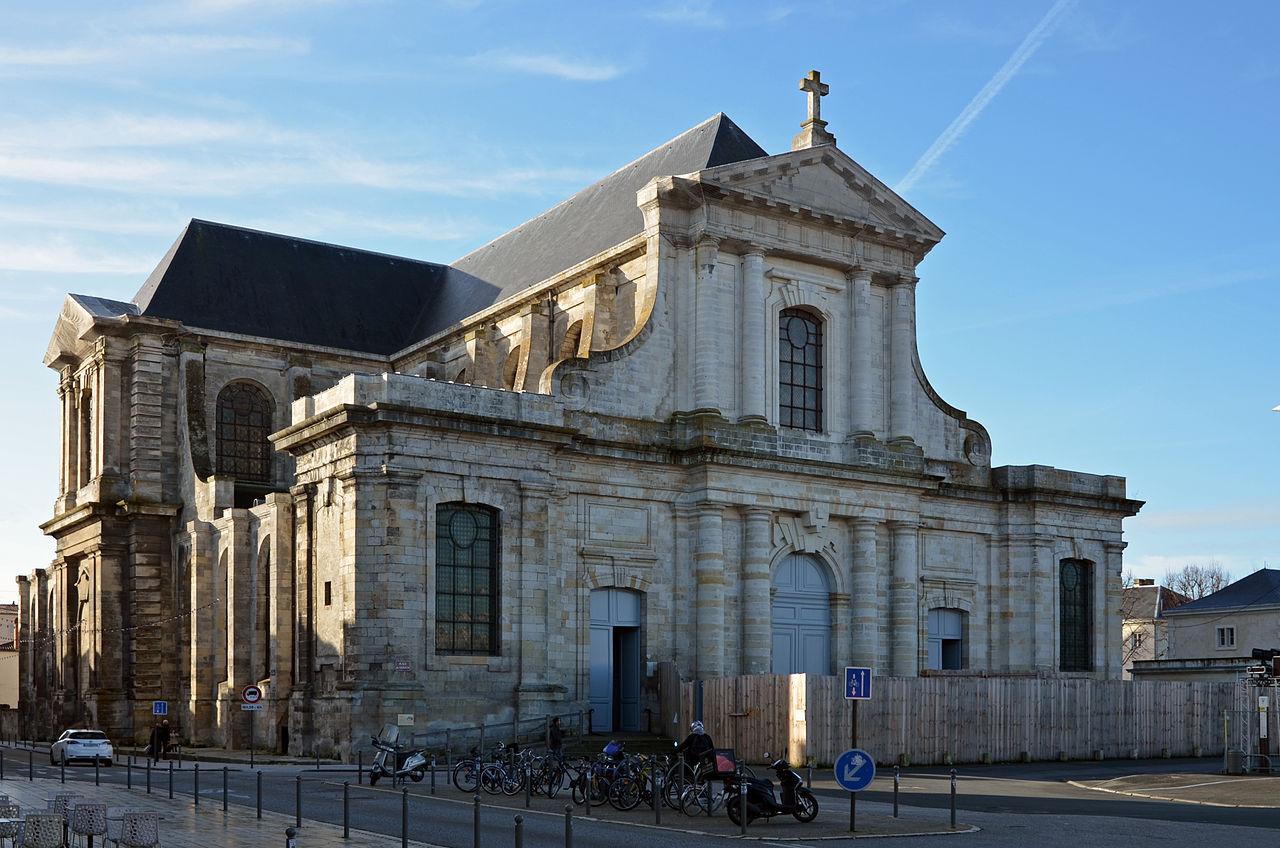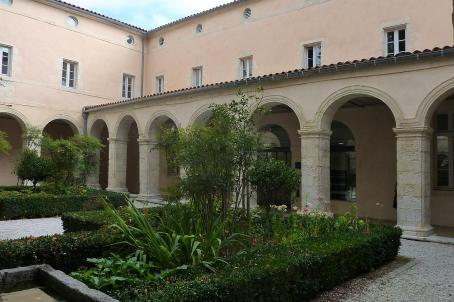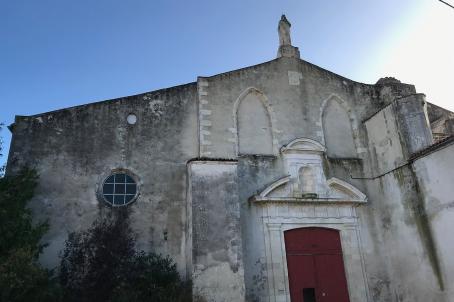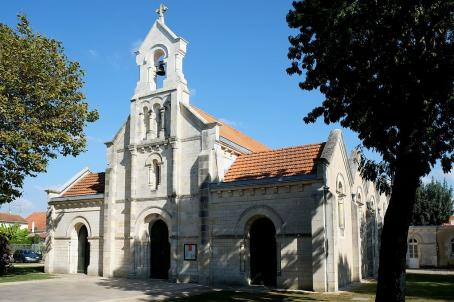La Rochelle Cathedral
Built from 1742, the church remained unfinished due to lack of funds, but was nevertheless opened for worship in 1784. The 18th century cathedral is flanked by a 14th century bell tower, known as Saint Bartholomew's, which was destroyed during the Wars of Religion.
About this building
The work adopts the traditional Gothic Latin cross plan with a central nave, side aisles flanked by chapels, projecting transept, choir surrounded by an ambulatory interrupted by the axial chapel dedicated to the Virgin. The cathedral has a very plain façade, decorated with two orders of Tuscan and Doric columns, surmounted by a triangular pediment.






